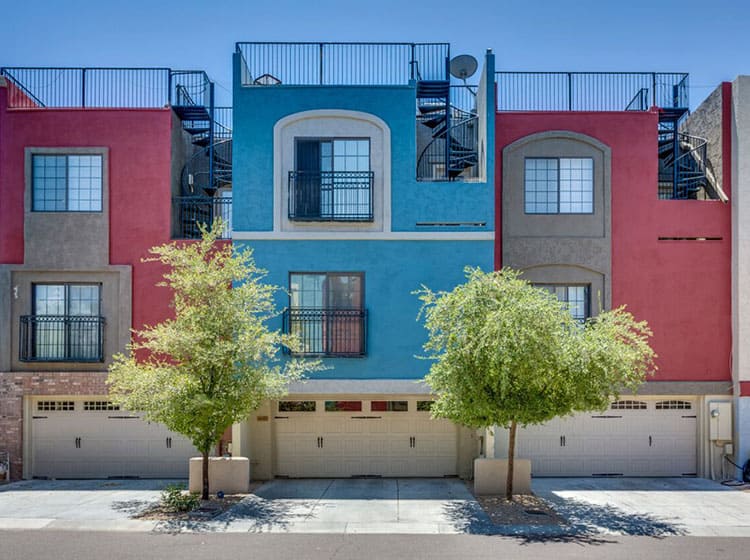Recognizing Seasonal Influences On Commercial Outside Painting: Vital Expertise For Success
Recognizing Seasonal Influences On Commercial Outside Painting: Vital Expertise For Success
Blog Article
Created By-Leach Decker
When you're planning an industrial external paint project, seasonal elements can make or break your results. You'll intend to think about just how temperature level and moisture impact paint application and drying times. Selecting the ideal season can ensure your paint adheres appropriately and lasts longer. But which periods are truly the very best for this kind of work? Allow's discover the key elements that can impact your task's success.
The Impact of Temperature on Paint Application
When you're intending a business external paint task, the temperature level can considerably impact just how well the paint adheres and dries.
Preferably, you intend to paint when temperatures range between 50 ° F and 85 ° F. If it's too cool, the paint might not cure properly, bring about concerns like peeling off or breaking.
On the other hand, if it's also hot, the paint can dry too rapidly, protecting against proper bond and resulting in an unequal coating.
You need to additionally consider the moment of day; morning or late afternoon supplies cooler temperature levels, which can be more beneficial.
Always inspect the supplier's suggestions for the certain paint you're utilizing, as they usually supply assistance on the optimal temperature array for ideal results.
Humidity and Its Impact on Drying Times
Temperature isn't the only ecological aspect that affects your business external paint project; humidity plays a significant function as well. High humidity degrees can decrease drying out times considerably, affecting the total high quality of your paint job.
When the air is filled with wetness, the paint takes longer to treat, which can lead to problems like inadequate attachment and a higher threat of mildew growth. If you're painting on a specifically humid day, be gotten ready for extended wait times between layers.
It's crucial to keep track of regional climate condition and plan appropriately. Preferably, aim for humidity levels between 40% and 70% for optimal drying out.
Keeping these factors in mind ensures your project stays on track and supplies a lasting surface.
Best Seasons for Commercial Outside Painting Projects
What's the most effective time of year for your commercial outside painting tasks?
https://augustqnljf.prublogger.com/34165014/by-keeping-your-vision-focused-and-communication-transparent-you-can-unlock-the-greatest-potential-from-your-paint-firm-check-out-the-actions-to-make-it-a-fact and early fall are generally your best options. During these periods, temperatures are moderate, and humidity degrees are usually reduced, producing ideal conditions for paint application and drying out.
Stay clear of summertime's intense heat, which can create paint to dry too promptly, resulting in inadequate attachment and surface. Likewise, winter season's cold temperature levels can hinder proper drying and curing, taking the chance of the long life of your paint work.
Go for days with temperature levels in between 50 ° F and 85 ° F for ideal results. Keep in mind to inspect the local weather forecast for rain, as wet conditions can ruin your project.
Preparation around these aspects guarantees your painting project runs smoothly and lasts much longer.
Verdict
Finally, preparing your industrial exterior painting projects around seasonal factors to consider can make a considerable difference in the result. By organizing just click the following website during the excellent temperatures and humidity degrees, you'll make certain far better attachment and drying times. Bear in mind to keep an eye on neighborhood weather report and select the right time of year-- spring and early fall are your best bets. Taking these actions will help you achieve a sturdy and expert surface that lasts.
